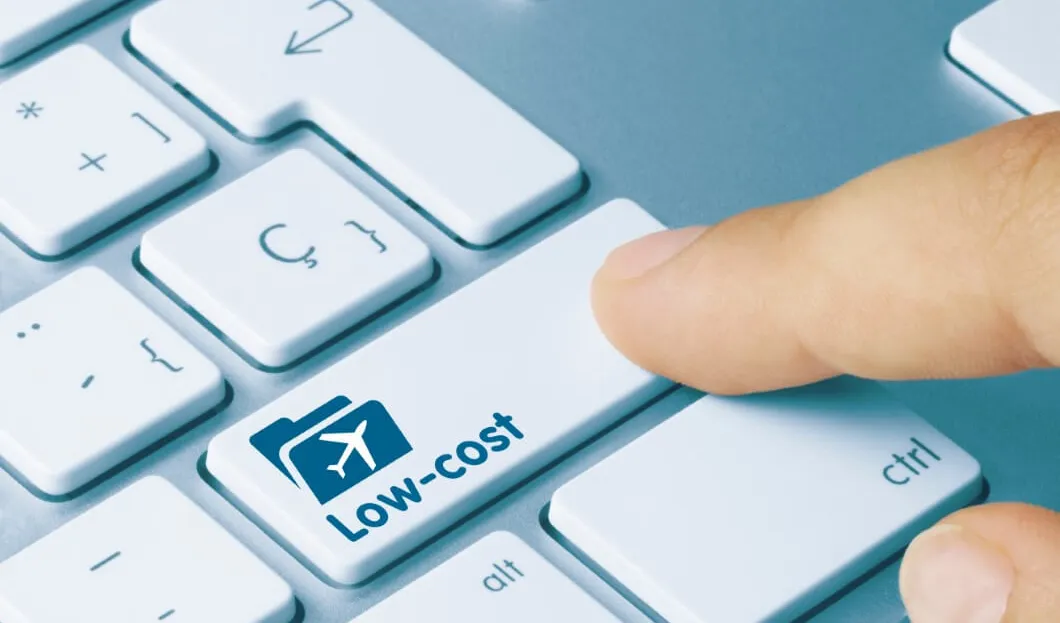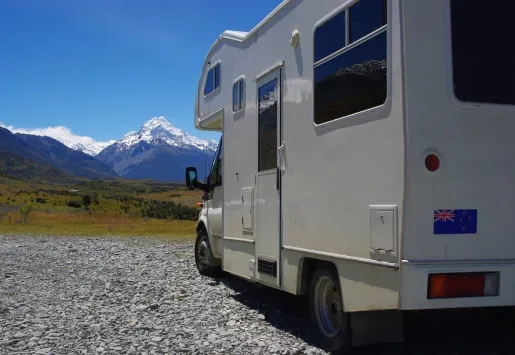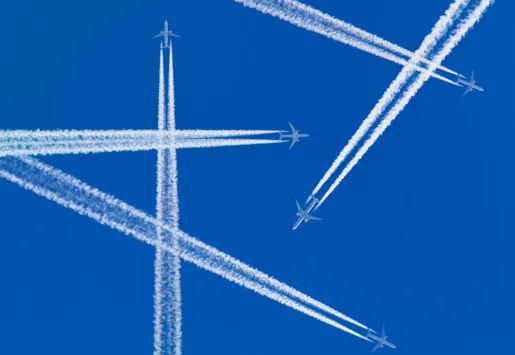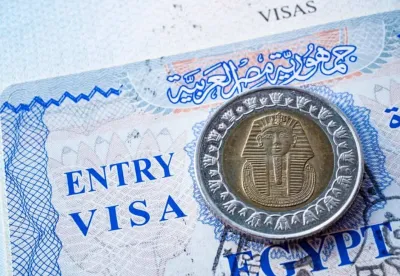
When discussing inflation, it identifies price increases. In Europe, the Consumer Price Index (CPI) decreased to 5.5% year-on-year in June, significantly lower than its peak of 10.6% in November last year. Despite this being the lowest point since January 2022, it has had an immense impact on the tourism industry due to the substantial price hikes travelers have faced in recent months.
According to the EMEA Summer Travel 2023 report, travelers must now pay more. In April 2023, airfares increased by 10% compared to the same month in 2019. Accommodation prices rose by 15%, while car rental prices surged by 54%.
Low-cost carriers have stopped aggressive price promotions, and we already have data showing airfare prices are 37% higher than a year ago. This has greatly impacted some travelers' decisions and the options available to them.
While forecasts predict that numerous markets will surpass pre-pandemic levels, travel has become a luxury for many families. Consequently, the conventional low-cost tourism model is less feasible.
As a solution, families are choosing more cost-effective modes of transportation, like trains, selecting closer and less crowded destinations, or traveling during off-peak times. Although a portion of the population will continue to demand low-cost tourism, it's likely to evolve.













